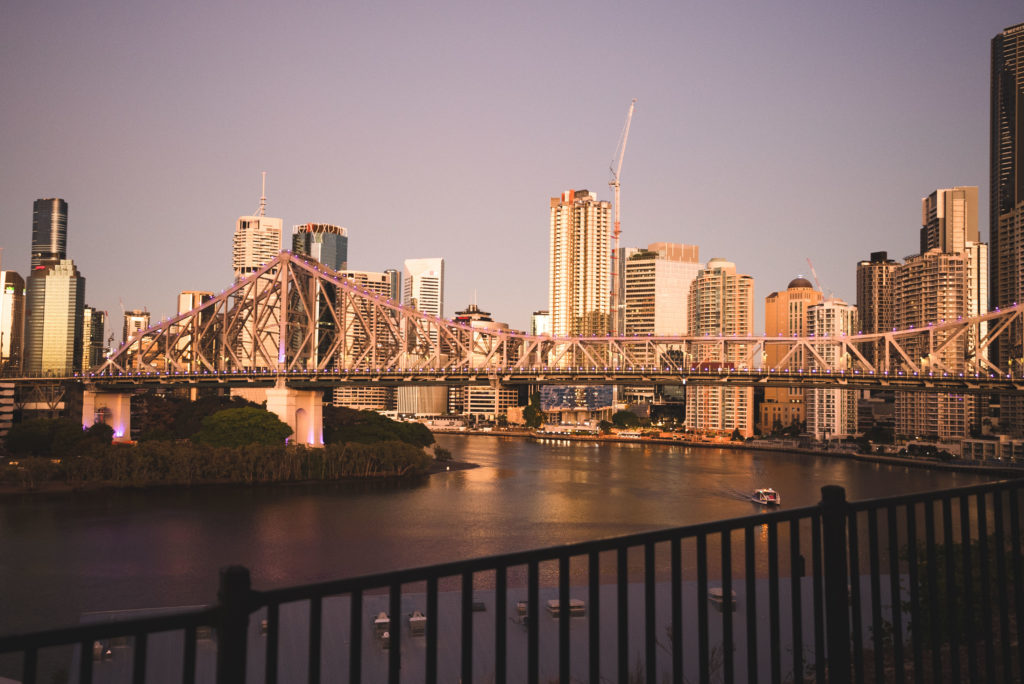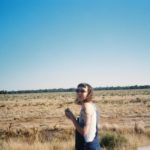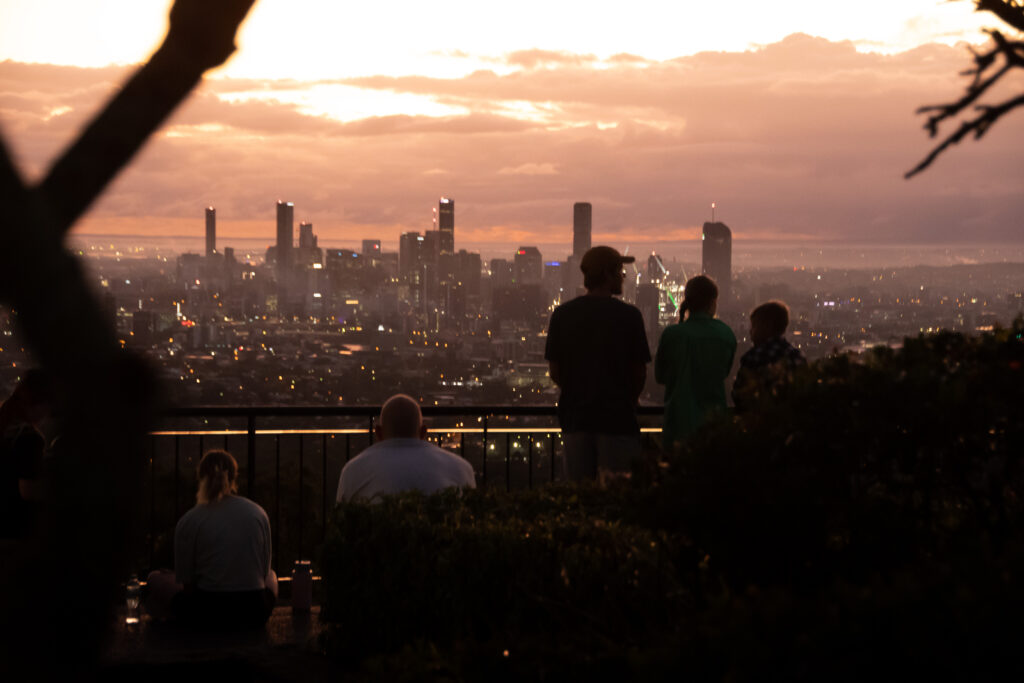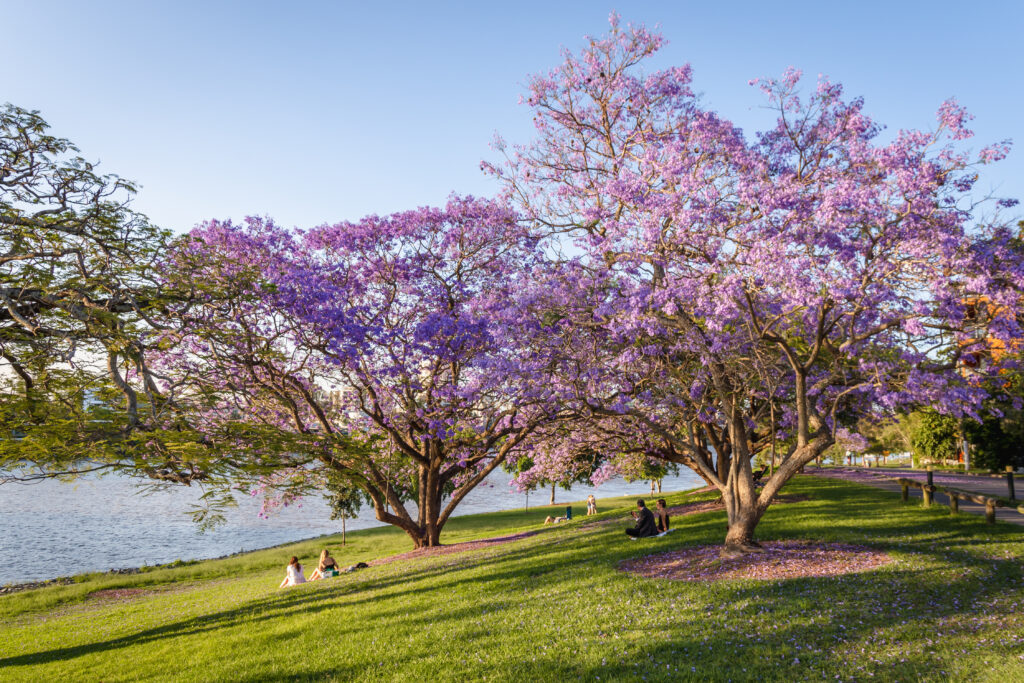Brisbane – Australia’s river city and the bustling capital of the Sunshine State of Queensland. Humid, hilly and happening, this subtropical city is both relaxed and brimming with opportunity.
We’ve put together this handy guide to help you settle in and make the most of all that Brisbane has to offer!
1. Australia’s First Nations’ history dates back over 60,000 years
As an international student, you might not realise the rich history Australia has. Brisbane is located on the lands of the Turrbal, Jagera and Yugarabul First Nations peoples, who have lived in the area for over 32,000 years.
In local Turrbal language, Brisbane is known as ‘Meanjin’, and the Brisbane River, which flows through the city, is known as ‘Maiwar’.
The Birrunga Gallery is an Indigenous-owned gallery and cultural hub in Brisbane’s CBD where you can explore First Nations art and sample bush food. South East Queensland is also home to up to 10 different Indigenous groups. You can learn more about whose land you’re on, their history, customs and relationship with the land through the Queensland State Library and AIATSIS.
2. You’ll need a sunhat, but leave your winter coat at home
Brisbane has a subtropical climate – hot, humid, and sunny. In summer, temperatures usually reach 30C (86F) during the day and rarely drop below 20C (68F) at night. Frequent afternoon thunderstorms provide welcome relief from the daily humidity.
Winters in Brisbane are mild and dry, reaching around 20 (68F) degrees in the daytime. You’ll still need a jumper, but you can get outside all year round.
3. The houses are unique to Queensland
Many of the houses in Queensland are unique to the state and built with the hot, humid climate in mind. Known as ‘Queenslanders’, these homes are made of lightweight timber and built on stilts for maximum airflow in the humid months and protection from seasonal flooding.
These homes are designed to be cool in summer, but are even colder and draughty in winter, so you might want to invest in a few warm blankets.
4. Rise and shine! Queenslanders are among the earliest risers in the world
Queenslanders are often out and about early in an effort to beat the heat. Plus, Queensland doesn’t observe daylight saving time like the rest of Australia. So, in the summer months, the Brisbane sun rises as early as 4.50am and doesn’t set until as late as 6.40pm – giving you plenty of time to work and explore throughout the day!
5. Brisbane is easy to get around without a car
Although Brisbane is quite spread out, it’s cheap and easy to get around without a car. The comprehensive bus, train and ferry network connects the city centre with the suburbs and regions.
To access the network, you’ll need a go card – which you can buy at convenience stores, newsagents and post offices. Once you’ve registered your go card, you can top up on the Translink app. Full-time university and TAFE students are eligible for concession fares.
And don’t forget to touch off with your go card when you get off the bus or train!
6. The best beaches are outside Brisbane
Although you can swim at Brisbane’s suburban beaches in Southbank, Manly and Wynnum, the best beaches are on the north and south coasts outside Brisbane.
Tallebudgera Creek and Currumbin Creek are popular swimming spots along the Gold Coast, about an hour from Brisbane. Although they’re technically estuaries, not beaches, their crystal-clear waters, sandy banks and gentle currents make them idyllic (and safe!) places to swim.
7. Queenslanders are incredibly passionate about their rugby team, the Maroons
Australians love sport, and Queensland is no exception. You can catch Australian rules football (AFL), cricket, tennis and football/soccer most weekends in Brisbane.
However, the main sport up here is rugby league (NRL). Queensland’s state team, the Maroons, are well-loved and any victory over their rivals, New South Wales, is celebrated across the city.
8. Brisbane has a thriving local music scene and you can catch live music any night of the week
If sport isn’t your thing, Brisbane has a buzzing nightlife – from small bars and eateries to nightclubs, live music, comedy and cabaret.
As well as being a popular destination for international acts, Brisbane has its own thriving local music scene. Covering everything from punk, jazz, and rock to experimental cabaret and sea shanties, you’re bound to find a new favourite style of music.
Bars and pubs in West End and Fortitude Valley host live music of all kinds, most nights of the week. Sometimes, you can even catch live music in an old electrical substation in Woolloongabba!
4ZZZ is Brisbane’s much-loved community radio station and the best place to start immersing yourself in Brisbane music and culture.
9. It’s not just beaches, bars and buildings – there’s plenty of nature to explore outside of Brisbane
Brisbane is an excellent home base to explore the rest of South East Queensland. The D’Aguilar Range borders the city on the western side, offering hiking, camping and kayaking within a short car or bus ride from the CBD.
While it helps to have a car for day trips, there are many regional places to explore that are accessible through South East Queensland’s comprehensive public transport network. The Sunshine Coast, Glasshouse Mountains, Tamborine National Park, Gold Coast and Stradbroke Island are all easy to get to on public transport, and great to explore on a day trip or weekend away.
10. Relax, it’s Queensland!
Compared to Sydney and Melbourne, Brisbane is affordable to live in – especially for students. Use our cost of living calculator to get a better understanding of how much you can expect to spend while living in Queensland.
Brisbane offers the laidback lifestyle and sunny weather of a beachside town, and the excitement, entertainment and opportunities of a big city. As the Queenslanders say, “Beautiful one day, perfect the next.” Brisbane is an ideal place to learn, grow and launch your career!
Looking for more tips? Check out 10 things we wish we’d known before arriving in Queensland.






